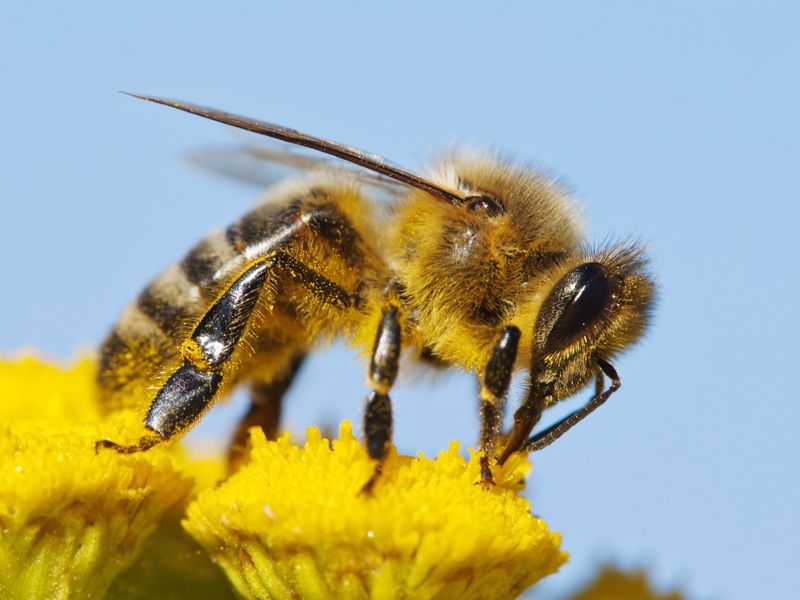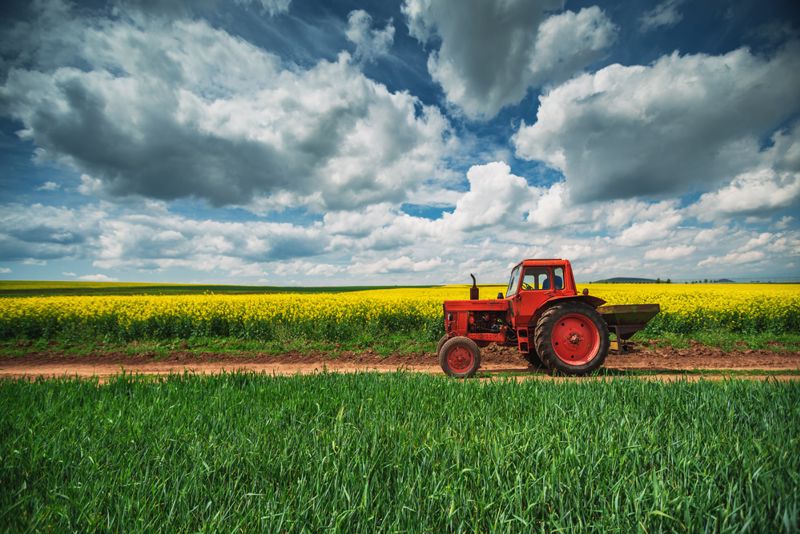
A greener future: How IoT is helping the environment
By Max BurkhalterJanuary 10, 2022
As concerns mount over growing climate issues, it is only natural that the world looks to exceptional technology for solutions. The Internet of Things (IoT) is one such area where vast improvements have been made with direct influence over natural things and the environment.
We know how easy it is to get bogged down by the seemingly endless flow of bad news about the state of ecosystems, energy consumption, pollution and many other harmful environmental effects. We can't deny that it's a good idea to see how the world is being affected, but let's round out the picture with some positive updates on how IoT is doing a world of good – for the planet and for you!
IoT in endangered animal repopulation
Whether or not you've heard about endangered species struggling with poachers, diminished land and resource scarcity, you might have heard something about how good animal tracking has become. Wondering how the two are related? Ubidots describes the enormous benefits IoT tracking has made when it comes to protecting central African rhino populations – certain behaviors linking human researchers into potential poaching threats with an overhead tracking view.
The same source outlines the IoT technology beekeepers are using to monitor temperature and honeybee health within their hives. Given the critical importance of growing honeybee populations, maintaining ecosystems for bees and tracking their behaviors with highly intelligent machines is keeping bees safe and protected.

Where agriculture meets IoT
IoT is a benefit when there are uncertainties, wealths of information to track or even machine learning to take some of the work off of human hands – and away from human error. EasternPeak knows this to be true when it comes to agriculture as well; advanced resources help farmers collect and handle large amounts of data about their crops. Maps, forecasts and harvesting information can be synthesized and understood for better, more reliable crop yield – in addition to significantly less stress.
Unintentional human error can often lead to accidental waste and production loss. With IoT technologies in place, agricultural experts can foresee predicted trends and plan accordingly. This extends from demand predictions – saving costs on unsold products – to managing soil quality based on previous years' samples. It may feel like technology is slowly taking over, what with our phones and applications gathering information to help us – and IoT in other industries is no different. We can thank the IoT revolution for our delicious meals, and for ensuring that agriculture is operating as sustainably as possible.

IoT energy consumption
When data collecting sensors can track changes to air quality, water usage and other energy consuming equipment, there is an opportunity to preserve usage. Buildings can invest in IoT technologies that turn off lights when there hasn't been movement for a certain amount of time, keep energy bills and use low, adjust heating and cooling based on human presences within a given space and myriad other preserving tools.
IoT in conjunction with green technologies – such as wind power or solar energy – is a force to be reckoned with. Monitoring the collection of the technology itself, as well as its operational capacity, means greater oversight and optimal energy collection. For example, Digiteum discusses the reduced energy spending of smart metering, data driven predictions and other waste management and elimination abilities of IoT technologies in energy management systems.



